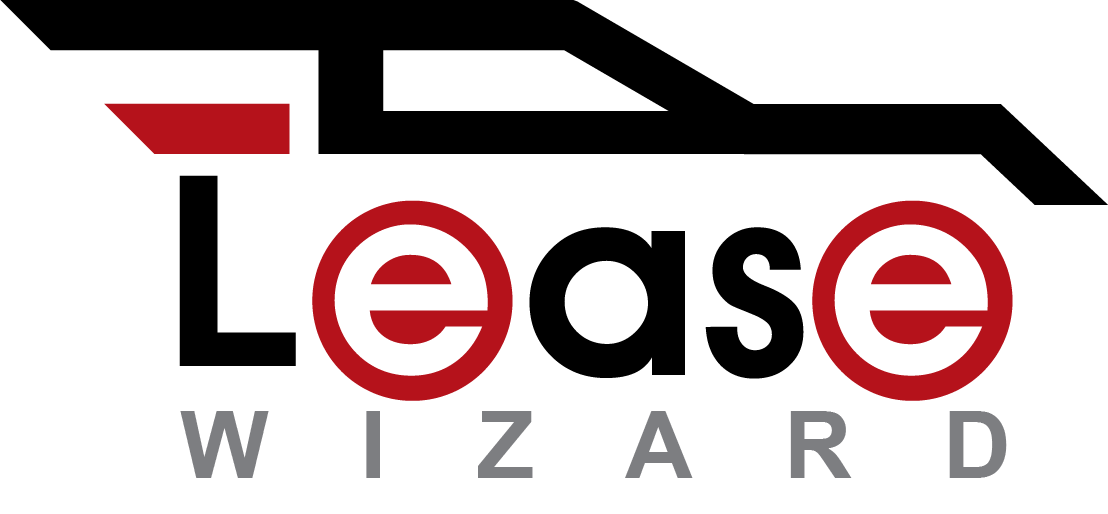**This post contains affiliate links and the publisher may be compensated if you make a purchase after clicking on these links.**
No one likes to think about what might go wrong, and we totally understand – if something is uncertain it’s much more enjoyable to imagine success; like your favorite team winning the championship, or a Nigerian prince selecting you to give millions of dollars to if you help him collect his billions (seriously, don’t fall for this!). However, there are plenty of low probability events that are bad: that’s why the insurance industry exists, and while you’re sure to have insurance if you drive a car, there’s more to know than simply making your payments on time to make sure you don’t make a bad situation like a simple traffic accident worse.
Avoiding Excess Wear and Tear Costs
Getting into a car accident (at least one worth reporting) is sure to place the car’s condition beyond the “normal wear and tear” zone where you can return the vehicle without incurring any penalty fees imposed by the lessor. But obviously you don’t plan to return the vehicle with scratches, dents, a mirror hanging off or broken lights. You are going to get all these things repaired – and if you do it right, you will bring the vehicle back into the condition where your usage is considered “normal wear and tear”. But you need to do it right. Here’s the things to focus on (in all cases after handling any medical emergency caused by the accident or otherwise completing police reports/legal requirements):
- Contact your insurance company. Most likely, language in either your insurance policy or your lease agreement (or both) will require timely notification of your insurance carrier of the accident.
- Contact your lessor or dealership (who can help you get in touch with the lessor). Remember, the lessor owns the vehicle so in the same way you would tell your friend about getting into an accident if you borrowed his/her car, well, it’s the same idea here. Also, it’s in your lease agreement.
- Part of the reason you tell the lessor and insurance company is so that they ensure you get the work done to repair the damage correctly. Generally you will need to use OEM (stands for Original Equipment Manufacturer) parts and not other aftermarket parts for all work. Also, there may be a restriction on where any work can be done that will have it qualify as returning to condition equivalent to as if the accident never happened. Basically, the cliche to keep in mind is “good as new” – everything done to repair the vehicle should be with that goal state in mind.
The Silver Lining of an Accident in a Leased Vehicle
An unfortunate part of every car accident is that the value of the vehicles involved decline further versus their expected value. This makes sense: given a choice between two identical ages, but one has been involved in an accident and one has not, people will choose the one that hasn’t – hence the one that has been in the accident must be sold at a discount. The formal term for this is “diminished value”, and if you own the vehicle there are a number of states where you can take legal action to try to be made whole for this loss of value (but specifics vary by state, and we recommend you check additional resources, and if appropriate an attorney in your state about details).
The reason we bring up this concept of diminished value is two-fold:
- First, in the states where claims of diminished value can be made, it can only be made by the owner of the vehicle. When you’re leasing, that’s not you, it’s the lessor.
- Second, if the lessor is not pleased with the repairs made it’s not going to go after the person at fault in the accident (whether the other driver or you) for diminished value. Instead the lessor will go after you for turning in a vehicle with excess wear and tear. That’s why the steps outlined above are important, and before the work gets done make sure the repairs will be satisfactory – don’t cut corners just because it’s not your car.
Even if the vehicle gets repaired with approved OEM parts and labor completed by approved mechanics and repair specialists in an approved body shop the lessor is still going to deal with diminished value when your lease is up. And that’s the silver lining of leasing instead of buying – as long as you follow the rules this will be the lessor’s problem and not your problem. It does mean that you need to very careful to ensure the repair work gets done per the terms of the leasing agreement, but as long as you do, you’re better off dealing with a minor accident as a lessee than as a owner. (And again, better off avoiding accidents altogether, but if that worked 100% of the time they wouldn’t be called accidents.)
Next Article: “Avoid Tricks, Make the Deal a Treat”
Previous Article: “Leasing a New Model”
